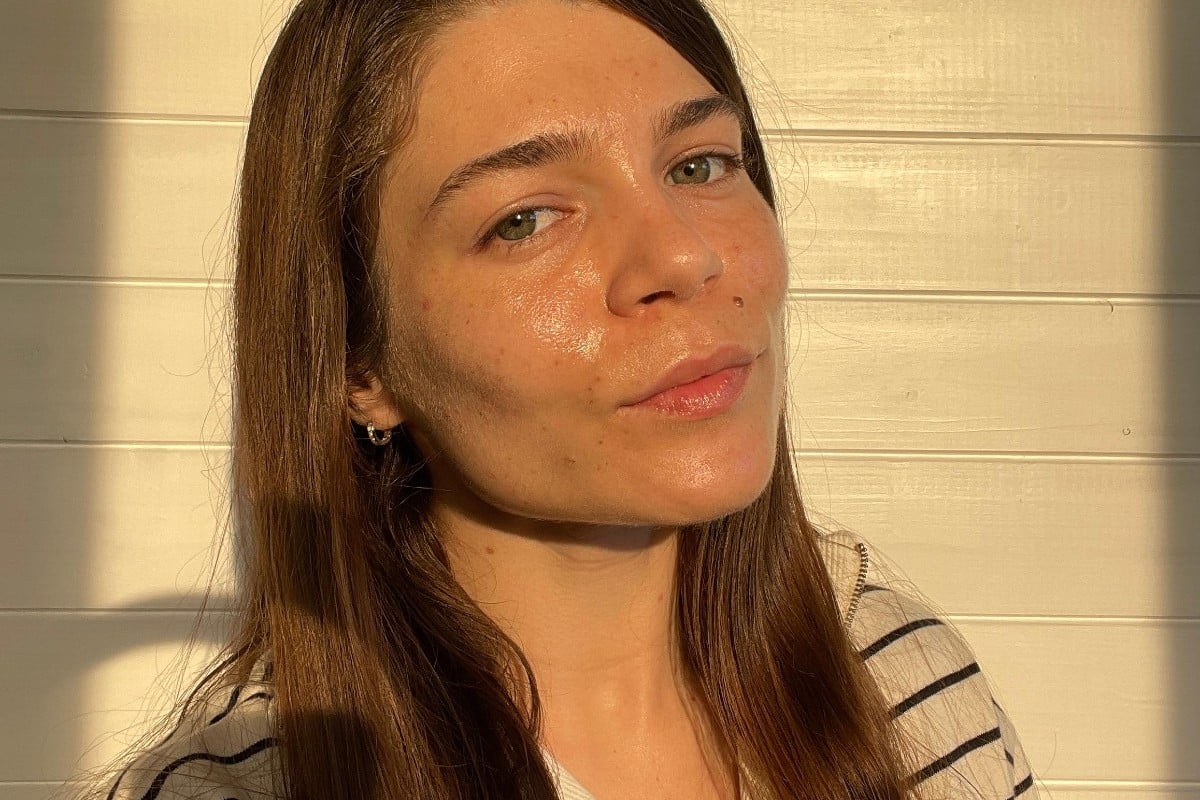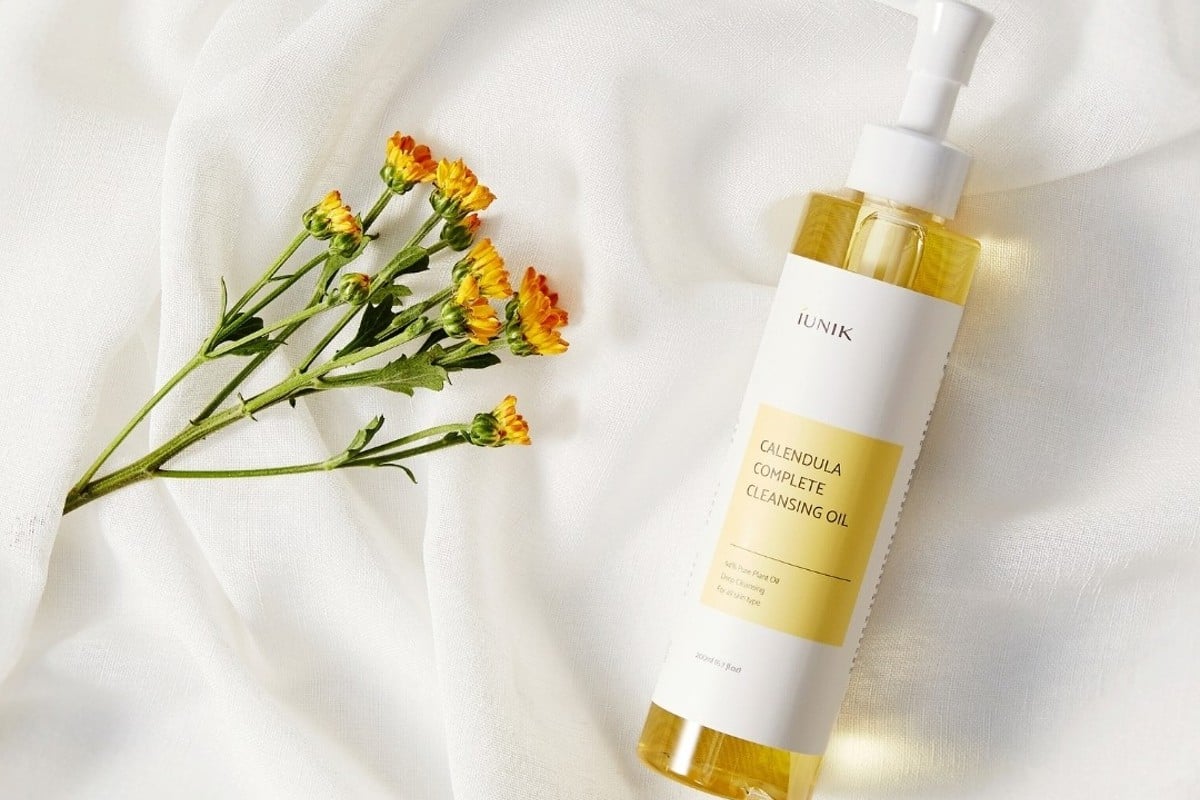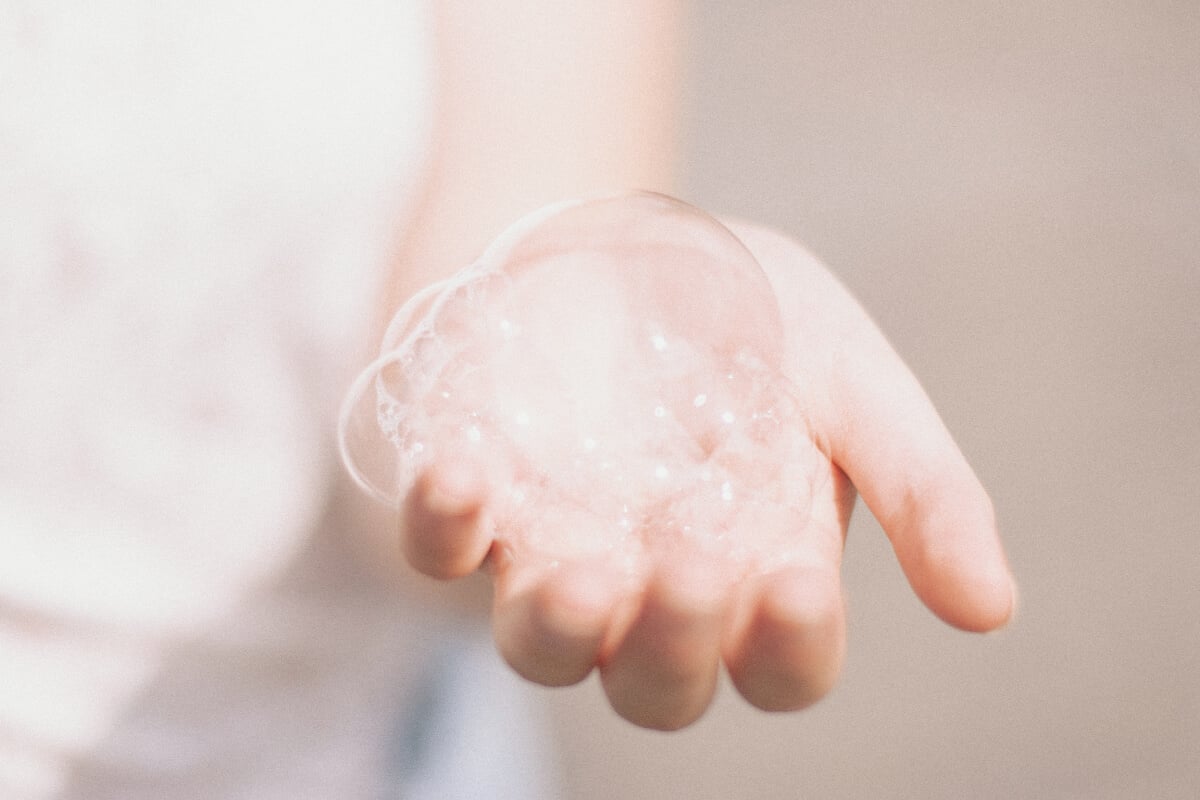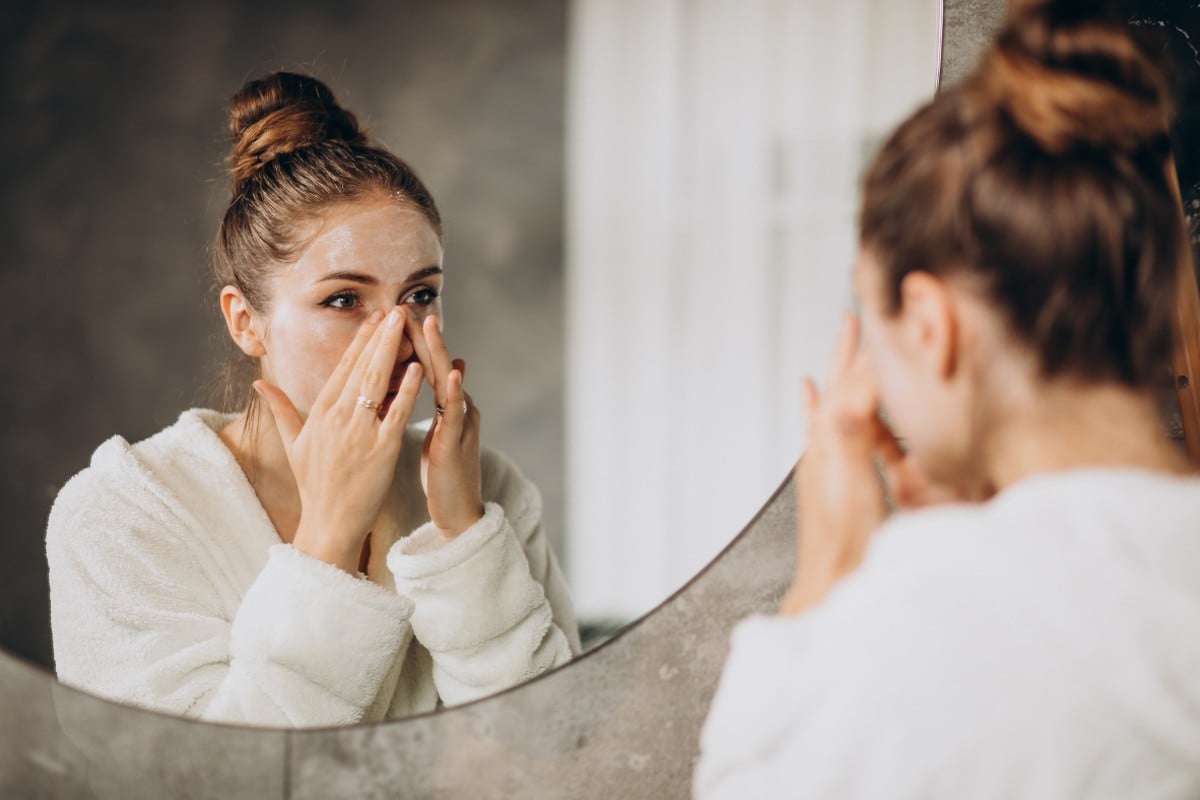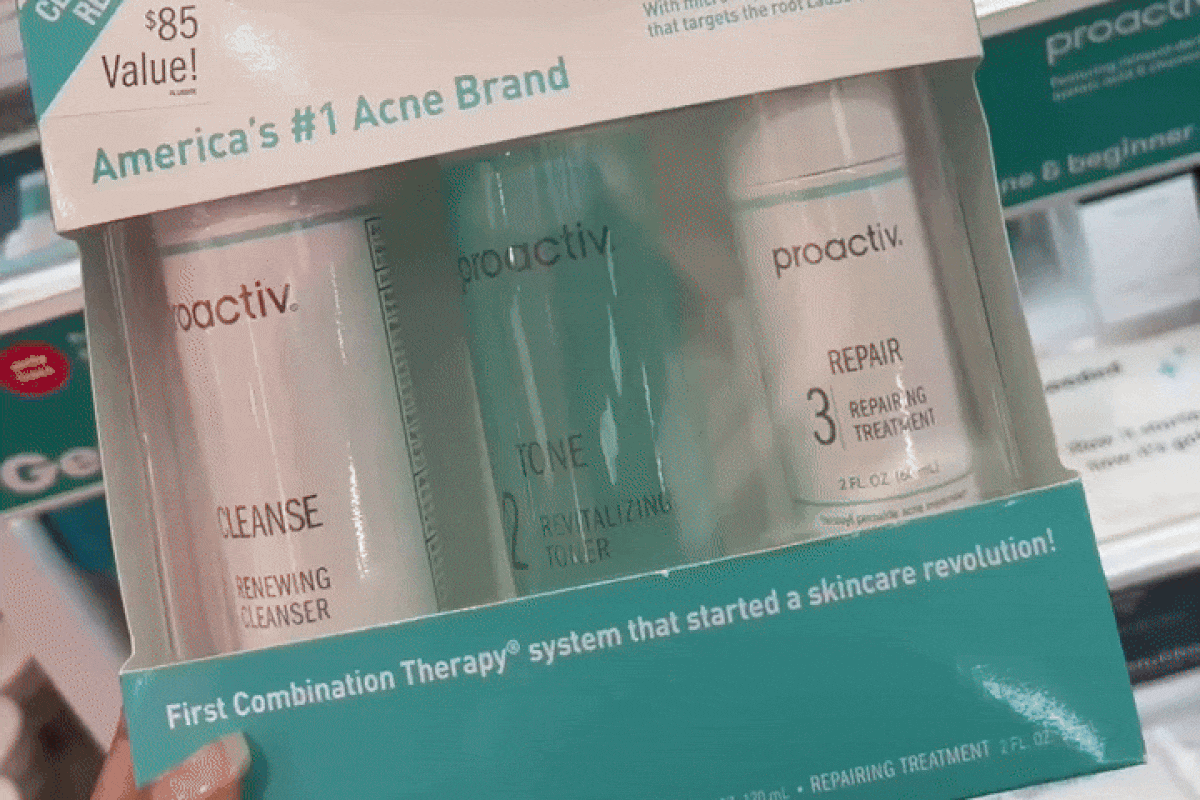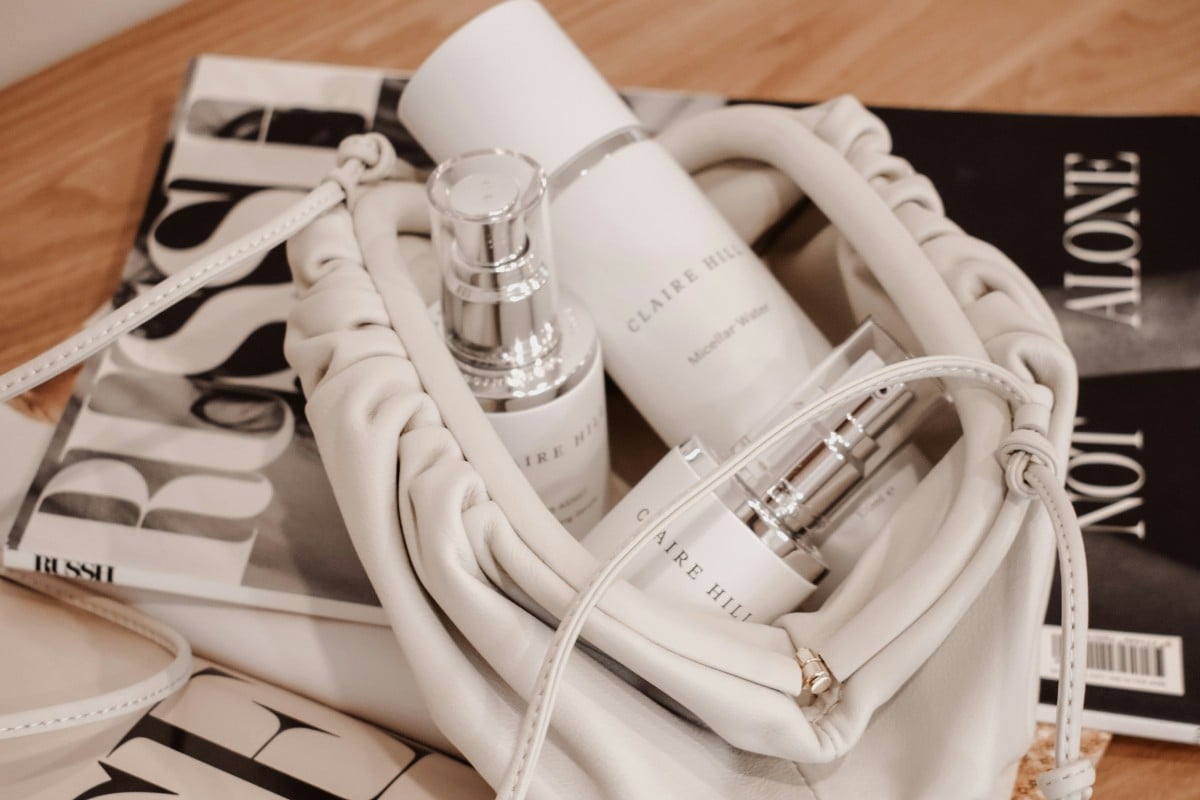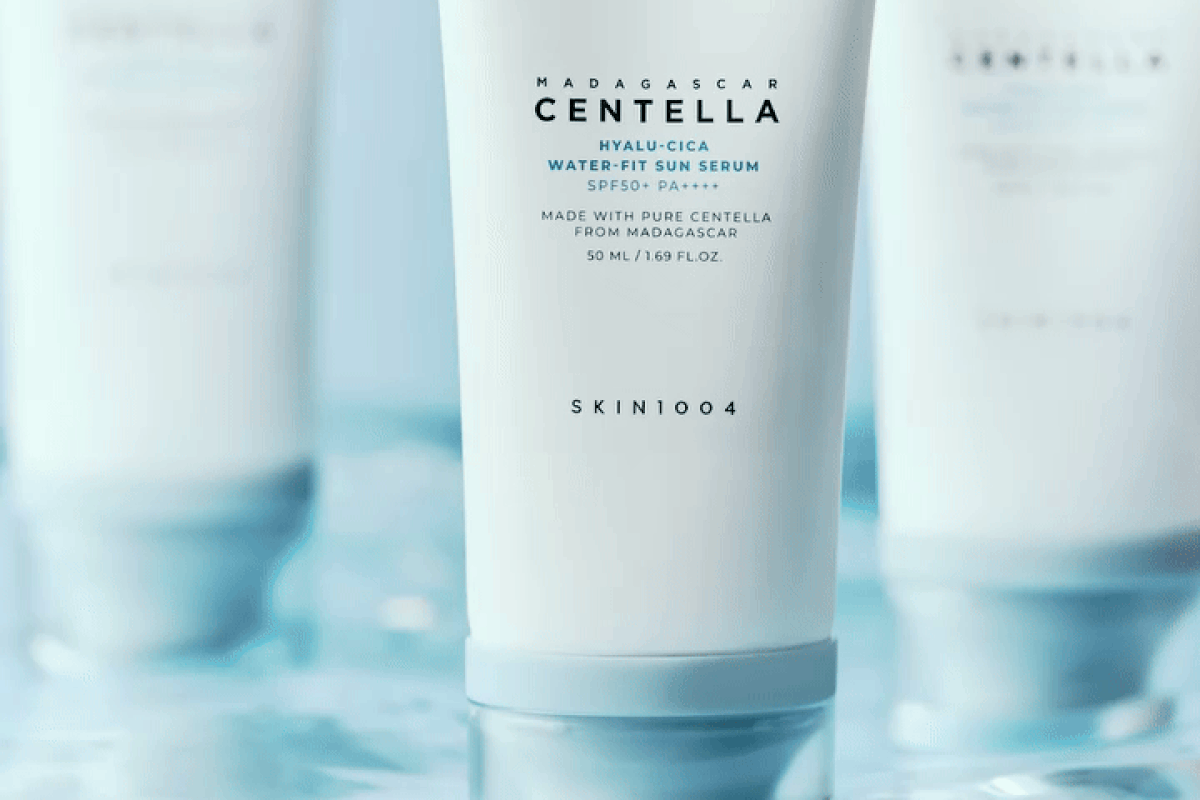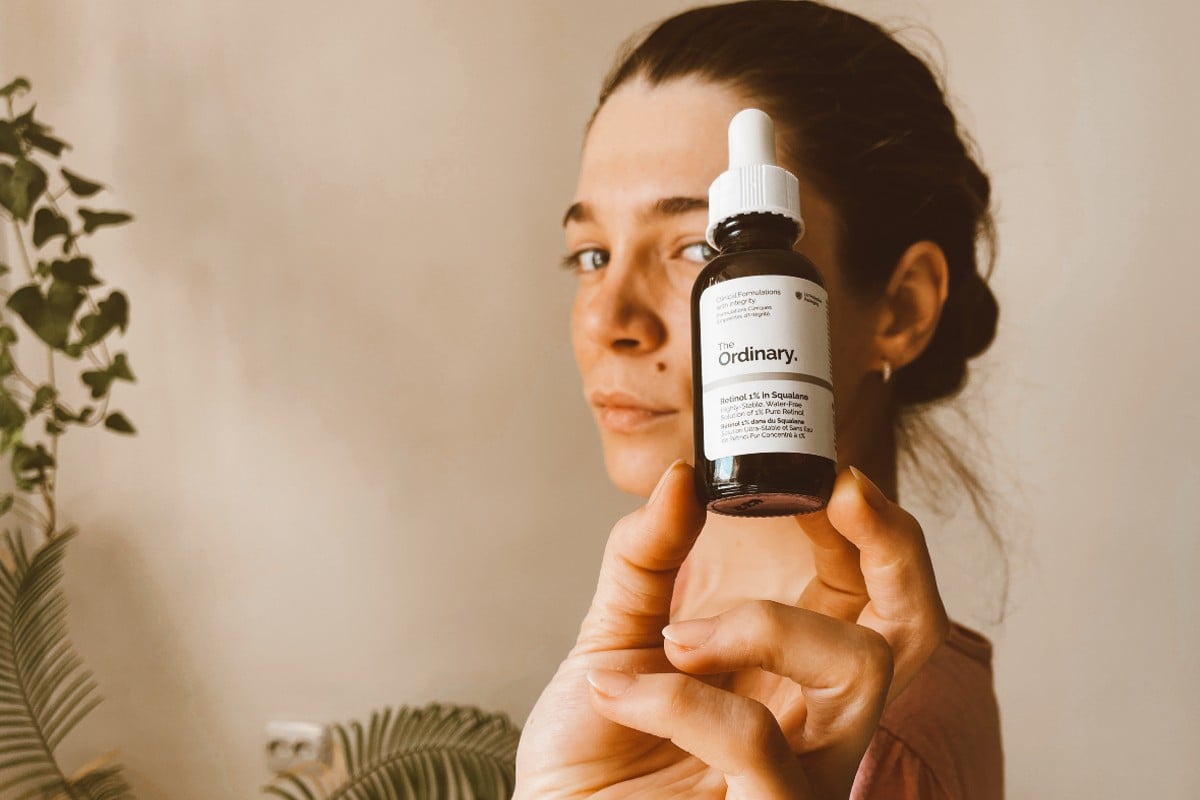If you are like me and usually experience breakouts after wiping off your makeup or your skin feels tight after cleansing, you’re most likely using an unsuitable type of cleanser. That’s why you need to read this post ASAP; we’re deep-diving into the different types of face cleansers and the basics of how to choose the best-matching one for your skin needs.
Although a cleanser doesn’t have as much impact as leave-on products do, it’s still a crucial step that gets your skin prepared for the next steps in your routine. Its main role is to dissolve impurities and leave your complexion bright, clean, smooth, and fresh. However, picking the wrong formula will do the exact opposite, stripping your skin out of moisture, leaving it tight and dehydrated, and even clogging your pores. The moral of the story? Always use a face cleanser tailored to your skin type that doesn’t cause dryness nor block pores, but cleanses, softens, and revitalizes your face. But since you are here, this will become second nature to you.
What does a face cleanser do?
Cleansers remove debris, dead cells, oil, dirt, and makeup from the skin’s surface that might be blocking pores. Thanks to their deep cleansing properties, they work to dissolve the impurities and unclog your pores, leaving your skin fresh, breathable, and revitalized. The cleanser should also not strip away the skin of moisture but hydrate it. To get the most out of your product, it’s important to pick a face wash according to your skin type. But rest assured. In this post, you will learn about the different types of facial cleansers out there so that when you purchase your face wash, you know it will give your skin the divine touch it needs.
Types of face cleansers
Gel cleansers
Gel cleansers are typically transparent, jelly-like, and water-based. Any skin type can use gel cleansers, but they are ideal for acne-prone and dull skin due to their lightweight texture and deep cleansing properties. If you have oily skin, gel cleansers are also recommended since they are mild and would not rid your skin of its natural oil. Even more, if the cleanser contains exfoliants like AHAs or BHAs, it would provide extra benefits for oily and breakout-prone skin by helping balance oil and unclog pores.
Cream cleansers
If you have sensitive, dry, or mature skin, you would want to use a cream-based face cleanser. Cream face washes are thick, with rich textures being good for moisturizing the skin. They do not foam or form lather, making them more hydrating than cleansers infused with surfactants, like SLSs. Besides, a cream cleanser is gentle and usually contains soothing and moisturizing agents, such as ceramides and vitamin E. They’re usually mild, do not always require water for use, and are perfect for makeup removal without stripping moisture away.
Foam cleansers
Most foam cleansers use sodium lauryl sulfate to create a foamy consistency, reaching into your skin and unclogging pores by removing dirt and excess oil. They are ideal for oily, acne-prone, and combination skin types. On the other hand, dry and sensitive types should steer away from foam cleansers as they’re more likely to leave skin tight and under-hydrated.
Oil cleansers
Oil cleansers, also called cleansing oils, are a perfect alternative for removing debris, excess dirt, and makeup from your skin. They are usually lightweight and transparent. Oil cleansers are suitable for all skin types but mostly as a pre-cleanser than a deep cleansing formula. An oil cleanser will not dry out your skin, but it cannot provide peak nourishment either. That is why you should follow with a deep-cleansing cleanser for better results.
Related: Why Cleansing Oils Are Lifesavers for Dry Skin
Clay cleansers
Clay cleansers use clay with mattifying and sebum-absorbing properties, making them ideal for oily and combination skin types. Clay cleansers are mostly known for maintaining skin balance by removing debris, impurities, and toxins that might clog the pores. They can absorb oil and regulate sebum production. After washing off clay cleansers with warm water, your skin will feel fresh and supple.
Cleansing balms
Cleansing balms are thick and creamy, and extremely moisturizing. They must be properly massaged into the skin to get proper results, and they’re best for eczema-prone, dry, normal, and sensitive complexions. Some cleansing balm products are also good for oily skin types, especially when the product is lightweight and non-comedogenic.
Read Next: 11 Best Glycolic Acid Cleansers for Smooth Skin

